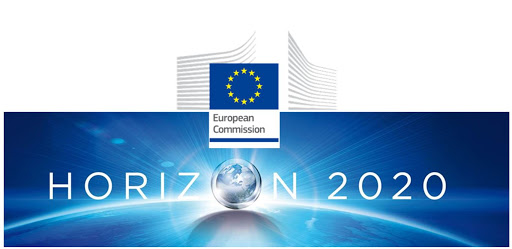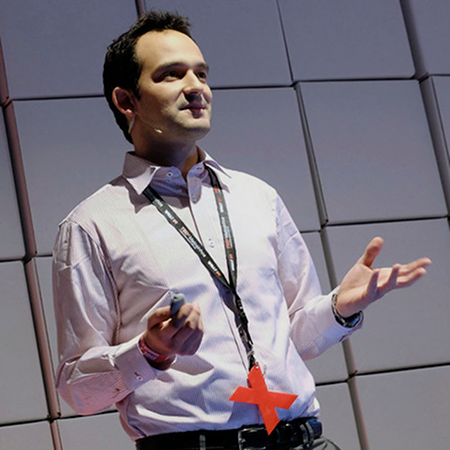Operations and maintenance (O&M) has to be performed for the full operational life of a wind farm, the costs of which constitute to a significant part of the total costs of offshore wind power. The EU and the wind power sector have ambitious aims for cost-reduction to make wind power – especially offshore wind power – more cost-efficient. With the current technology base O&M costs can account for up to 30 % of the total cost of energy for offshore wind power. A substantial contribution to cost reduction must therefore come through improved and new solutions and technologies. ATLANTIS will address the EU and wind power sector’s ambition.
The overall aim of the ATLANTIS project is to establish a pioneer pilot infrastructure capable of demonstrating key enabling robotic technologies for inspection and maintenance of offshore wind farms that will be installed in the Atlantic Ocean.
A large-scale pilot will be operated and demonstrated by a strong collaboration between the research community and the industrial offshore energy ecosystem. The commitment of relevant stakeholders from the maritime robotics and wind power value chain depicted in ATLANTIS project exposes the urgency in guarantee an early access by medium-sized enterprises (SMEs), R&D institutions or energy operators to a pilot infrastructure for validating innovative and technological solutions with high potential to leverage key market sectors and the blue growth.
ATLANTIS will play an important role in connecting the market needs and user’s expectation to robotic applications from the research, technology developers and system integrators, by accelerating the roll-out of maritime robotic technology to end-users through real-world demonstrations open to all communities. The emphasis of ATLANTIS will be on demonstrating capabilities in a real offshore wind farm.
Dissemination activities enrolled in the ATLANTIS project will convince stakeholders about the advantages of using robotic-based solutions.
This project has received funding from the European Union’s Horizon 2020 research and innovation programme under grant agreement no 871571


